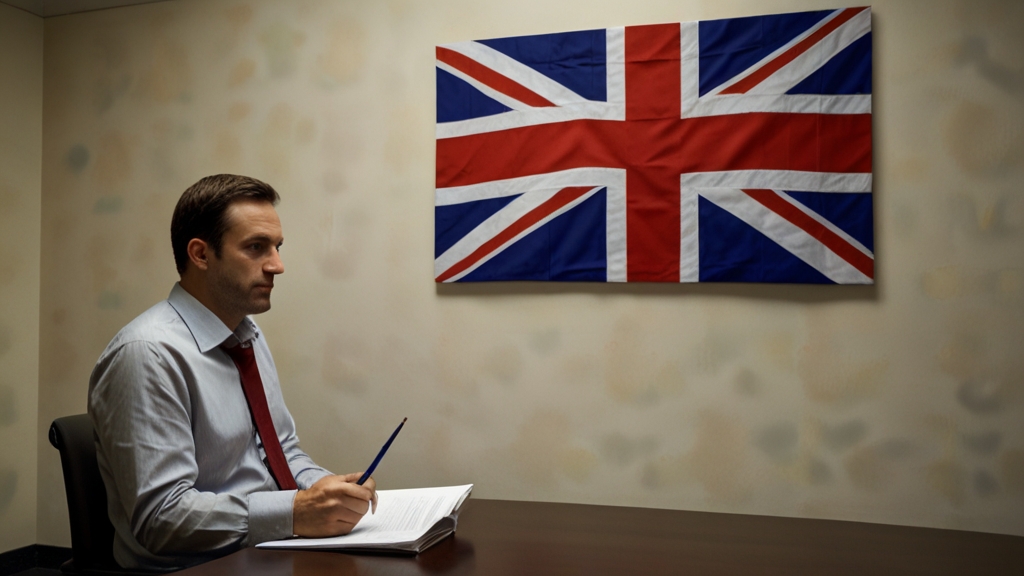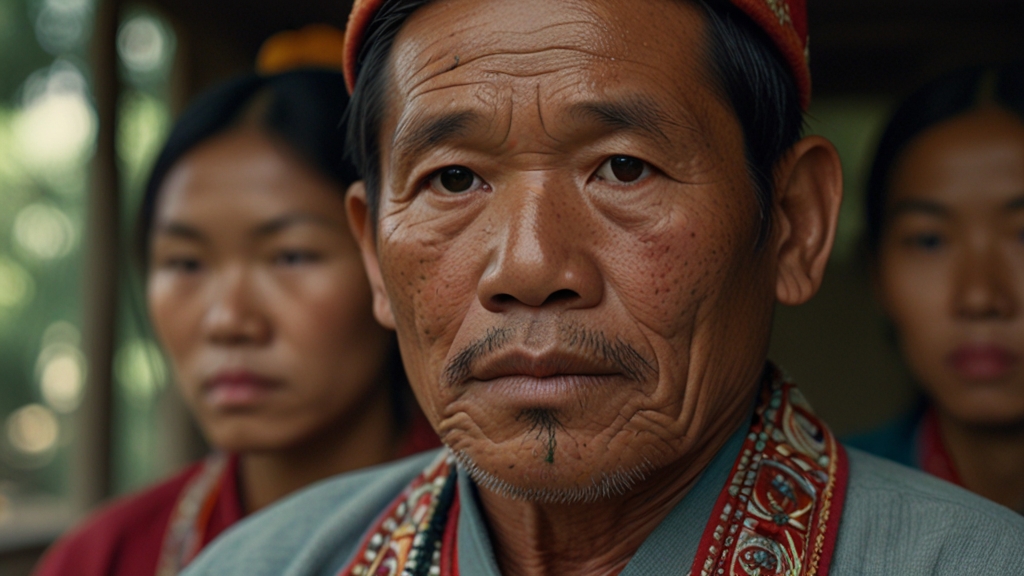American Sign Language (ASL) is a complete, natural language that serves as the predominant sign language of Deaf communities in the United States and parts of Canada. Unlike spoken English, ASL utilizes visual gestures and facial expressions to convey meaning, offering a rich and nuanced mode of communication. Here’s why ASL is vitally important:
1. Facilitates Communication for the Deaf Community
ASL is the primary means of communication for many Deaf individuals. It enables Deaf and hard-of-hearing people to engage in everyday conversations, access education, and participate in community activities. Without ASL, many Deaf individuals would face significant barriers to communication, isolating them from important social, educational, and professional interactions.
2. Cultural Identity and Community
ASL is more than just a language; it’s a cornerstone of Deaf culture. It fosters a sense of identity and community among Deaf individuals, providing a shared experience that connects them. This cultural aspect of ASL is crucial for the well-being of the Deaf community, as it promotes a sense of belonging and mutual support.
3. Enhances Cognitive Development
Research shows that early exposure to sign language can significantly benefit cognitive development. For Deaf children, learning ASL from an early age leads to improved language skills, cognitive abilities, and academic performance. Moreover, studies suggest that bilingualism in any two languages, including a sign language and a spoken language, can enhance brain function, creativity, and problem-solving skills.
4. Educational Opportunities
For Deaf students, learning in an environment where ASL is the primary language of instruction can be transformative. Schools for the Deaf that use ASL provide tailored education that meets the unique needs of Deaf students, allowing them to thrive academically. Additionally, mainstream schools offering ASL classes can promote inclusivity and awareness among hearing students.
5. Professional and Legal Accessibility
In the professional realm, ASL interpreters are crucial in ensuring that Deaf individuals have equal access to employment opportunities, meetings, conferences, and other workplace interactions. The Americans with Disabilities Act (ADA) mandates reasonable accommodations, including ASL interpreters, to ensure that Deaf and hard-of-hearing individuals can fully participate in public life.
6. Promotes Inclusivity and Diversity
Learning ASL promotes a more inclusive society. It enables hearing people to communicate with Deaf individuals, breaking down barriers and fostering mutual understanding. By learning ASL, individuals contribute to a more diverse and accepting community, where differences are celebrated, and everyone can participate fully.
7. Emergency and Healthcare Communication
In critical situations, such as medical emergencies, effective communication can be a matter of life and death. ASL interpreters are essential in healthcare settings to ensure that Deaf patients receive accurate information and appropriate care. This reduces the risk of miscommunication and ensures that Deaf individuals have equal access to healthcare services.
8. Artistic Expression and Media Representation
ASL also plays a significant role in artistic expression. Deaf performers use ASL in theater, poetry, and storytelling, enriching the cultural landscape. Furthermore, increased representation of ASL in media and entertainment helps raise awareness and understanding of Deaf culture among the broader population.
Conclusion
The importance of American Sign Language cannot be overstated. It is a vital tool for communication, a pillar of Deaf culture, and a means to promote inclusivity and understanding in society. By recognizing and supporting ASL, we take significant steps towards creating a world where everyone, regardless of hearing ability, has the opportunity to thrive.








